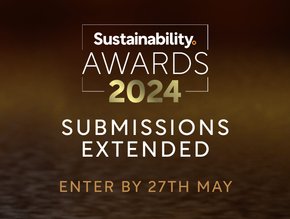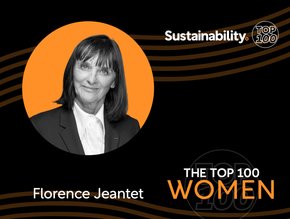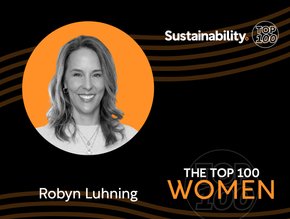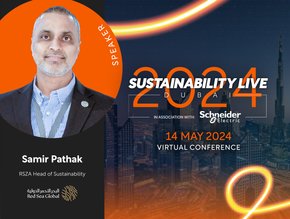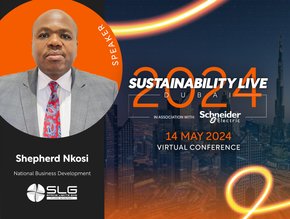Carbon emissions policies and supply chains

Decarbonisation has rapidly become a C-Suite issue in 2019 and, given that many countries are expected to follow the UK's lead in legislating for "net zero" emissions by 2050 or sooner, it will continue to be high on the agenda. The ability for businesses to remove carbon dioxide and other greenhouse gas emissions from their supply chains will determine whether they continue to exist in the medium-long term – it's that fundamental. In the short-term, there may be competitive advantage in removing emissions from the business faster than legislation requires – in fact, the need to 'go early' will largely be driven by demands from customers, employees, investors and perhaps also funders.
Making bold announcements about decarbonising is of course the easy bit. The hard yards for every business will be in formulating the strategy and then implementing it. Moving towards "net zero" means robustly auditing the supply chain, working with suppliers to find environmental gains without affecting quality; looking for new materials; incorporating "green threads" through supply chain contracts; undertaking regular monitoring; and always looking for further environmental improvements.
As dialogue surrounding climate change continues to grow, pressure from stakeholders and consumers has driven many organisations to review their environmental footprints, pledge to cut their emissions, invest in green technologies and improve their sustainability performance. Ahead of COP25 talks, there have been more calls for greater carbon disclosure, with one suggestion that directors of companies that fail to disclose their carbon emissions should face sanctions.
SEE ALSO:
This would be a drastic step. However, in this age of transparency, consumers and stakeholders want ever-more insight for business processes and it is likely that companies with the greenest credentials will soon have competitive advantage. What is critical, however, is to ensure that the carbon footprint of subcontractors and supply chains are taken into account in assessing green credentials - if they are not, then companies could potentially shift high carbon emissions down to their suppliers in other parts of the world.
Given the above, the next step is to ensure that decarbonisation changes are made in partnership with subcontractors and suppliers, and include all parts of the supply chain to truly implement solutions to address carbon imprints. Businesses should consider:
-
Mapping their supply chain and identifying where carbon emissions are generated and by whom;
-
Liaising with current critical suppliers to identify carbon reduction measures – which might require investment or process changes;
-
When negotiating new contracts with suppliers, identify their policies regarding carbon emissions and what processes they have in place, and consider appropriate climate and decarbonisation provisions;
-
Consider if changes in procurement strategy need to be agreed with customers in advance, and what opportunities may exist to develop strategic green partnerships with customers or other parties in the supply chain.
Ben Stansfield is an Environment Partner at Gowling WLG

